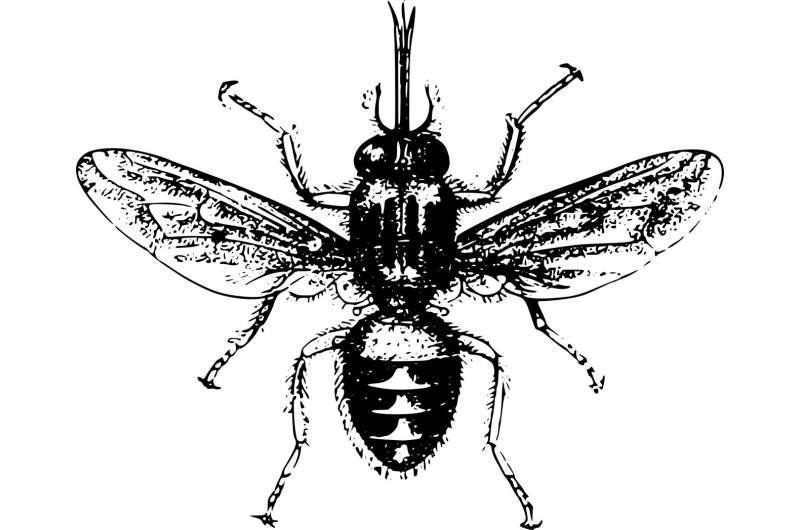Sleeping sickness parasite uses multiple metabolic pathways

Parasitic protozoa called trypanosomes synthesize sugars using an unexpected metabolic pathway called gluconeogenesis, according to a study published December 27 in the open-access journal PLOS Pathogens by David Horn of the University of Dundee in the UK, and colleagues. The authors note that this metabolic flexibility may be essential for adaptation to environmental conditions and survival in mammalian host tissues.
Trypanosomes cause human sleeping sickness and animal African trypanosomiases, which are a range of devastating but neglected tropical diseases affecting cattle, other livestock and horses. The mammalian stage of the parasite circulates in the bloodstream, a nutrient-rich environment with constant temperature and pH and high glucose concentration. Bloodstream-form African trypanosomes are thought to rely exclusively upon a metabolic pathway called glycolysis, using glucose as a substrate, for ATP production. In contrast to this view, Horn and colleagues show that bloodstream-form trypanosomes can use glycerol for ATP production and for gluconeogenesis—a metabolic pathway that results in the generation of glucose from non-carbohydrate carbon substrates.
The authors showed that even wild-type parasites, grown in the presence of glucose and glycerol, use both substrates and have active gluconeogenesis. Moreover, mammalian-infective parasites assemble a dense surface glycoprotein coat, the glycan components of which incorporate carbons from glycerol. Therefore, gluconeogenesis can be used to drive metabolism and metabolite biosynthesis. The results reveal that trypanosomes exhibit metabolic flexibility and adaptability, which is likely required for survival in multiple host tissue environments. According to the authors, this finding should be considered when devising metabolically targeted therapies.
The authors add, "The findings challenge a dogma that has persisted for more than 30 years; that these parasites rely solely on glucose and glycolysis for energy production in their mammalian hosts."
More information: Kovázová J, Nagar R, Faria J, Ferguson MAJ, Barrett MP, Horn D (2019) Gluconeogenesis using glycerol as a substrate in bloodstream-form Trypanosoma brucei. PLoS Pathog 15(1): e1007475. doi.org/10.1371/journal.ppat.1007475
Journal information: PLoS Pathogens
Provided by Public Library of Science




















